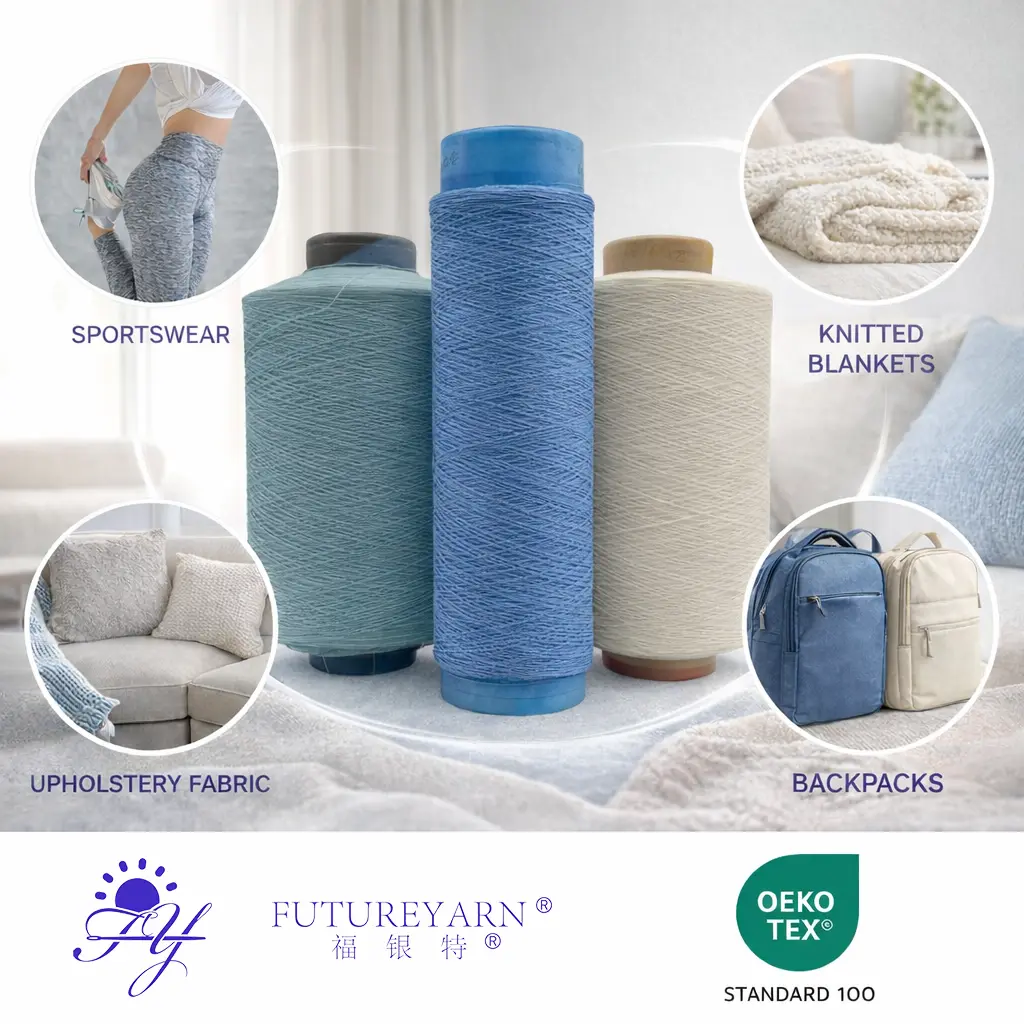When it comes to selecting materials for outdoor applications, longevity is a critical factor. Whether you're building a deck, constructing a fence, or designing outdoor furniture, the materials you choose will significantly impact the durability and maintenance of your project. This article delves into the various materials that are known for their exceptional longevity when exposed to the elements, providing insights into their properties, advantages, and ideal applications.
Understanding Environmental Challenges
Before we explore specific materials, it’s essential to understand the environmental challenges they face outdoors. Factors such as UV radiation, moisture, temperature fluctuations, and biological threats (like mold, mildew, and pests) can significantly affect the lifespan of materials. Therefore, selecting materials that can withstand these challenges is crucial for any outdoor project.
Top Materials for Longevity Outdoors
- Teak Wood
- Properties: Teak is renowned for its natural oils that provide resistance to water, decay, and insect damage. Its dense grain structure also makes it less susceptible to warping and cracking.
- Advantages: Teak can last for decades with minimal maintenance. Its rich color and beautiful grain make it a popular choice for outdoor furniture and decking.
- Ideal Applications: Outdoor furniture, decking, and boat building.
- Composite Decking
- Properties: Made from a blend of wood fibers and recycled plastic, composite decking is engineered to resist fading, staining, and mold growth.
- Advantages: Unlike traditional wood, composite decking does not require regular sealing or staining, making it a low-maintenance option. It is also resistant to splintering and warping.
- Ideal Applications: Decking, railing systems, and outdoor structures.
- Aluminum
- Properties: Aluminum is lightweight, corrosion-resistant, and does not rust. It can withstand extreme weather conditions without deteriorating.
- Advantages: Its durability and low maintenance make aluminum an excellent choice for outdoor furniture, railings, and fencing. Additionally, it can be powder-coated in various colors for aesthetic appeal.
- Ideal Applications: Outdoor furniture, fencing, and architectural elements.
- Stainless Steel
- Properties: Stainless steel is highly resistant to corrosion and rust, thanks to its chromium content. It maintains its strength and appearance over time, even in harsh environments.
- Advantages: Its sleek, modern look and durability make it ideal for outdoor fixtures, hardware, and furniture. Stainless steel requires minimal maintenance and can withstand exposure to saltwater, making it suitable for coastal areas.
- Ideal Applications: Outdoor kitchens, railings, and fixtures.
- Fiber Cement
- Properties: Fiber cement is a composite material made from cement, sand, and cellulose fibers. It is highly resistant to moisture, fire, and pests.
- Advantages: This material does not warp or crack and can mimic the appearance of wood or stucco. It requires minimal maintenance and can last for decades.
- Ideal Applications: Siding, outdoor walls, and architectural details.
- Vinyl
- Properties: Vinyl is a synthetic material that is resistant to moisture, UV rays, and pests. It does not require painting or staining and is easy to clean.
- Advantages: Vinyl is available in a variety of colors and styles, making it a versatile choice for fencing, siding, and outdoor furniture. Its durability and low maintenance make it a cost-effective option over time.
- Ideal Applications: Fencing, siding, and outdoor storage solutions.
Factors Influencing Material Longevity
While the materials listed above are known for their durability, several factors can influence their longevity:
- Climate: The local climate plays a significant role in material performance. For instance, materials that perform well in humid environments may not be suitable for arid climates.
- Maintenance: Regular maintenance can extend the lifespan of many materials. For example, sealing wood or cleaning composite decking can prevent deterioration.
- Installation: Proper installation is crucial for ensuring that materials perform as intended. Poor installation can lead to premature failure, regardless of the material's inherent properties.
Conclusion
Choosing the right material for outdoor applications is essential for ensuring longevity and minimizing maintenance. Teak wood, composite decking, aluminum, stainless steel, fiber cement, and vinyl are all excellent options that can withstand the rigors of outdoor exposure. By considering environmental challenges, maintenance needs, and installation practices, you can select materials that not only enhance the aesthetic appeal of your outdoor spaces but also stand the test of time. Investing in high-quality materials will ultimately save you time, effort, and money in the long run, allowing you to enjoy your outdoor spaces for years to come.

